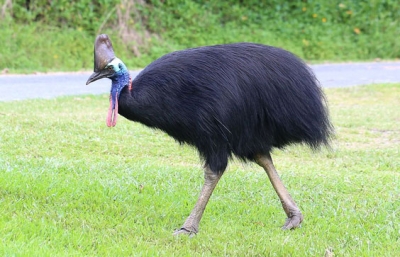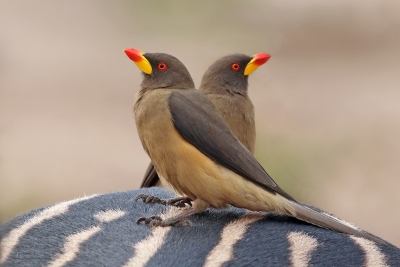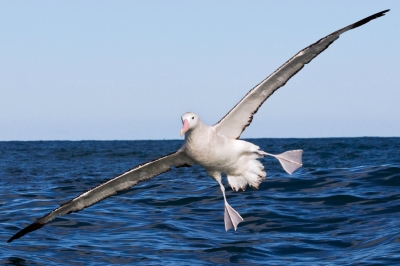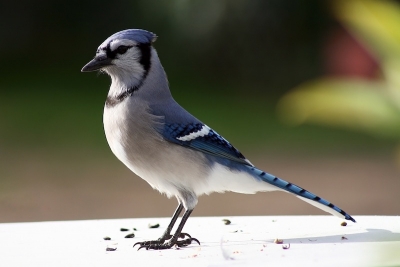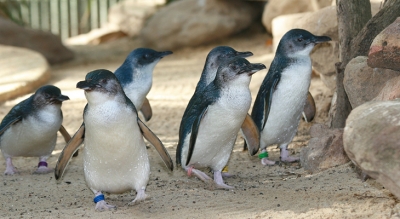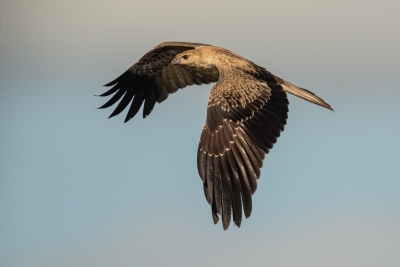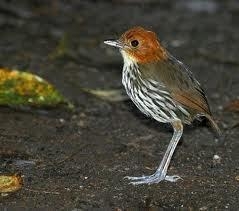Where are the birds of paradise mostly found?
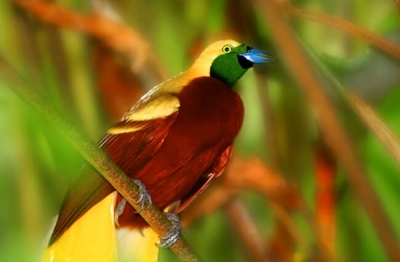
Birds-of-paradise found in New Guinea and surrounding islands are the most attractive birds in the world. They stand out for their striking colours and bright plumage in shades of scarlet, blue, yellow and green. Males have vibrant ruffs of long, pointed feathers known as wires. Their dances are a treat to the eye.
Consider the efforts of the male Superb bird-of-paradise. He totally changes his appearance to get the attention of a female. He fans out his black feathers with a few electric-blue feathers sticking out. It makes him look a crazed smiley face. Then he hops around excitedly, making sure the female always gets his best angle. He whirs and clicks and snaps his tail in rhythm, flashing a breastplate of shimmery feathers. The female watches, showing no emotion.
His dance moves may appear unpredictable, but they are carefully planned. He is trying to convince a female that he is the best mate. The male works hard to impress, tirelessly refining his moves until the female is won over. After all, she is the one in control. She ultimately decides who her mate will be.
Stunning as it is, the male's beauty is impractical. For example, take the ribbon-tailed Astrapia. It boasts bright white tail feathers that stretch one meter (three feet) long. Such long tail feathers might help it attract mates, but they aren't exactly useful for survival.
So how did long feathers and other features evolve? Famous naturalist Charles Darwin proposed his theory of natural selection to answer the question of how certain animals end up with certain features. Natural selection is sometimes called "survival of the fittest." It means that animals with traits that help them survive will live on. A trait might be its color. It might be what they eat or how they hunt. If an animal lives long enough, its children can also have traits that help them survive. Animals without these traits might get eaten or die out.
Yet the Astrapia's trait of bright long tail feathers does not seem to offer any survival advantage. They actually might put the bird at risk. A predator could spot it easier.
Credit : National Geographic Society
Picture Credit : Google
